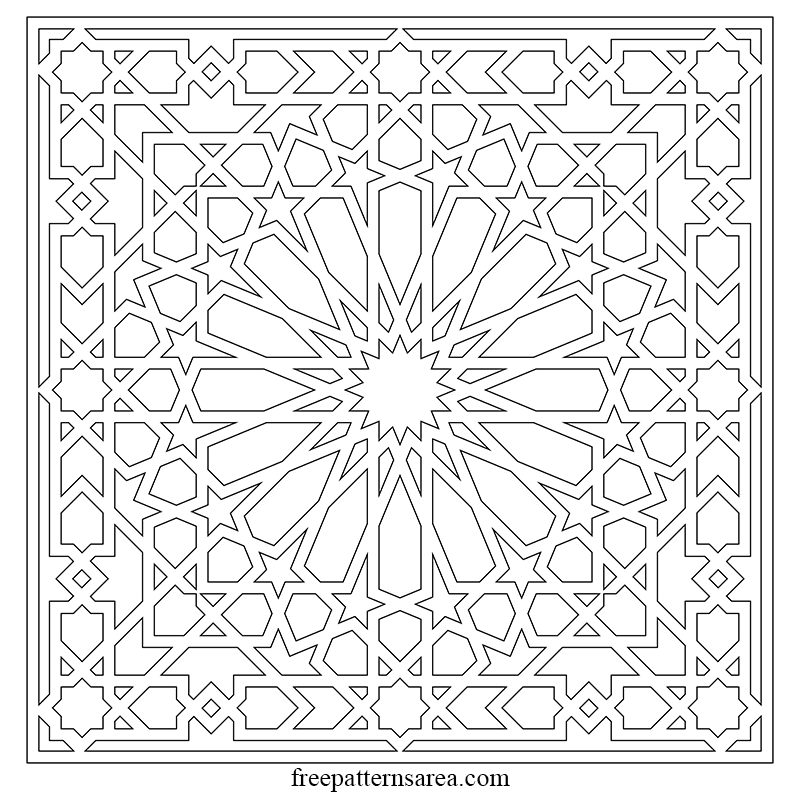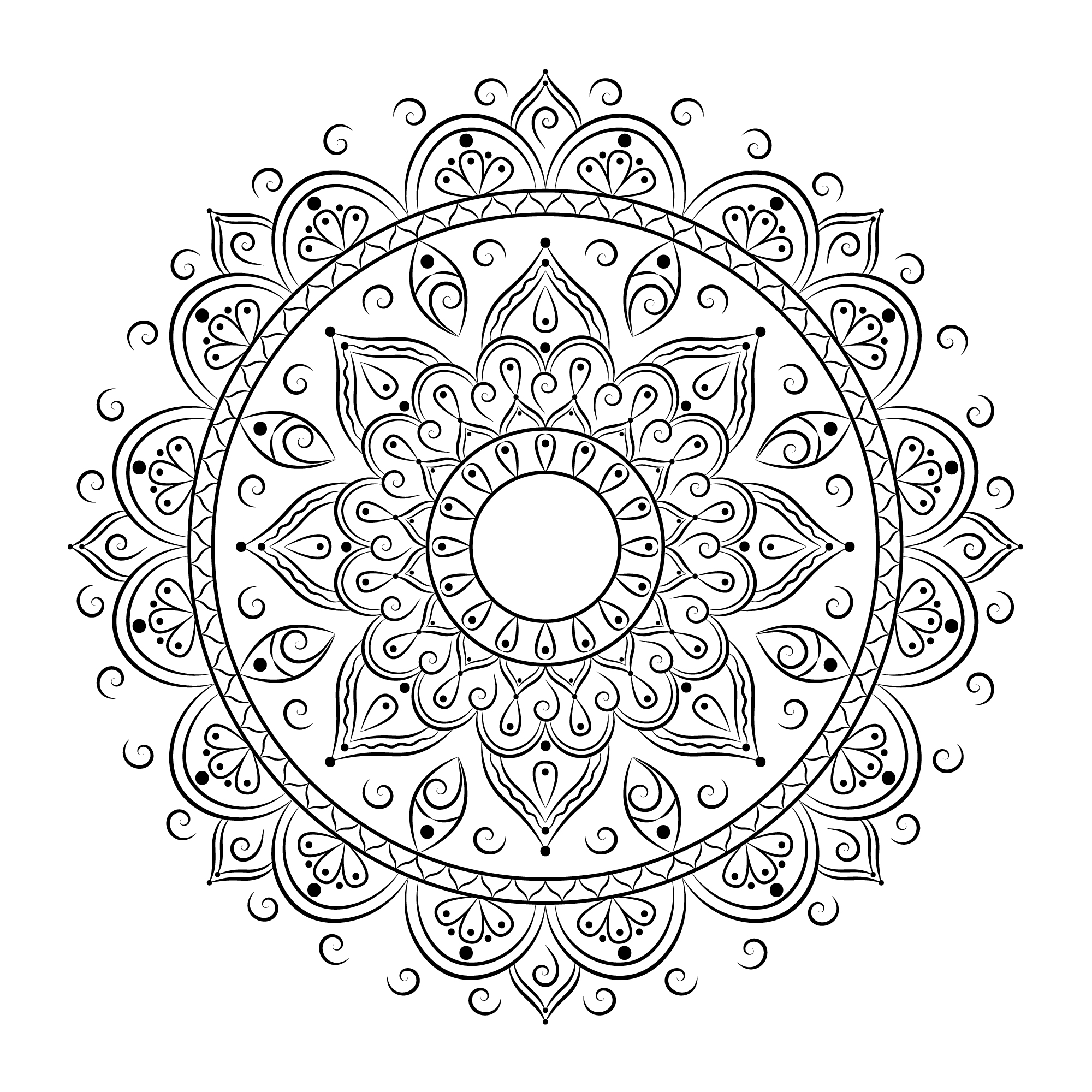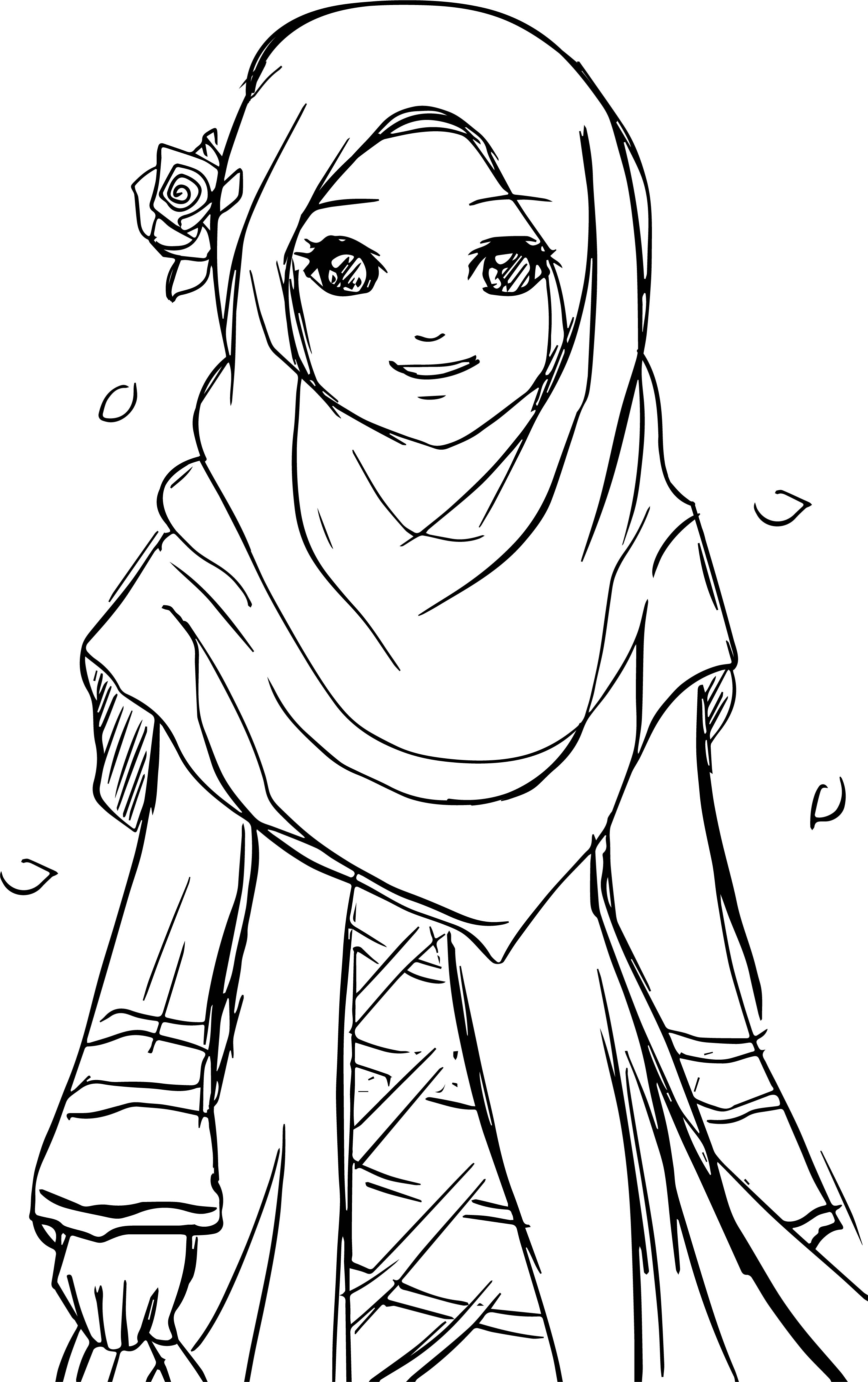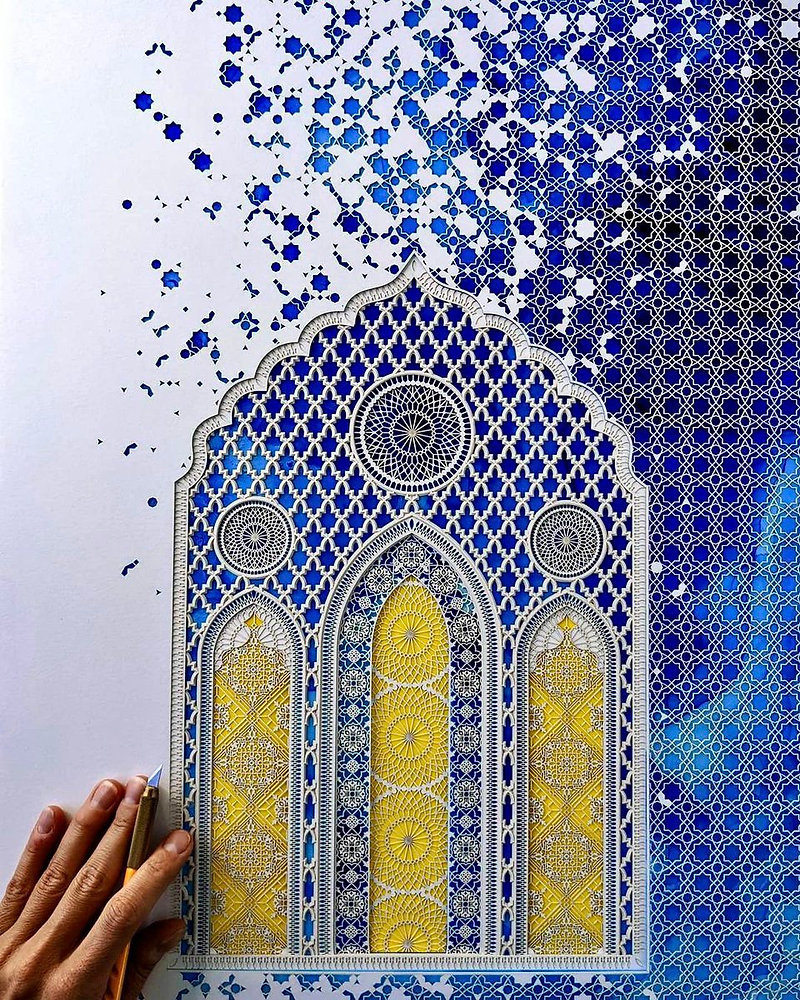With great pleasure, we will explore the intriguing topic related to Unleashing Your Inner Artist: A Journey Through Islamic Art with Coloring!. Let’s weave interesting information and offer fresh perspectives to the readers.
Introduction
Unleashing Your Inner Artist: A Journey Through Islamic Art with Coloring!

Welcome, young artists! Are you ready to embark on a colorful adventure through the world of Islamic art? This journey isn’t just about filling in spaces; it’s about learning to see the world with an artist’s eye, expressing your creativity, and discovering the beauty hidden within intricate patterns and inspiring designs.
Why Draw?
Drawing isn’t just about making pretty pictures. It’s a powerful tool that helps us:
- Develop our observation skills: Drawing teaches us to look closely at the world around us, noticing details we might otherwise miss.
- Boost our creativity: Drawing allows us to express ourselves freely, creating new worlds and stories with every stroke.
- Improve our problem-solving abilities: Drawing challenges us to think creatively, find solutions, and refine our ideas.
- Relax and de-stress: Drawing can be a calming and enjoyable activity, helping us focus and unwind.
- Connect with our faith: Through Islamic art, we can explore the beauty and symbolism within our religion, deepening our understanding and appreciation.


Let’s Get Started!
Our journey begins with the basics:
1. The Tools of the Trade:
- Pencils: We’ll start with pencils! They’re versatile and easy to use. Choose a few different types, from soft (like 6B) for dark lines to hard (like 2H) for light lines.
- Erasers: Mistakes happen! A good eraser helps us correct our lines without damaging the paper.
- Paper: Use paper that’s smooth and sturdy. You can even try different textures to see how they affect your drawings.
- Coloring Tools: Get ready to add vibrant colors! You can use crayons, markers, colored pencils, or even paint.

2. Lines and Shapes:

- Lines: Lines are the building blocks of every drawing. Practice drawing different types of lines: straight, curved, wavy, and zig-zag. Try drawing lines with different pressures to create different thicknesses.
- Shapes: Shapes are formed by lines. Learn to draw basic shapes like circles, squares, triangles, and rectangles. Then, try combining these shapes to create more complex forms.
3. The Art of Observation:

- Look closely! Before you start drawing, take your time to observe the object or scene you want to capture. Notice the details, the shapes, the light and shadow.
- Break it down: Imagine the object is made up of simple shapes. Can you see the circles, squares, and triangles that make up its form?
- Practice drawing from life: Draw everyday objects like fruit, flowers, or toys. This will help you develop your observation skills and learn how to translate what you see onto paper.
4. Introducing Islamic Art:
- Geometric Patterns: Islamic art is famous for its intricate geometric patterns. These patterns are often based on repeating shapes like squares, triangles, and stars. Try drawing simple geometric patterns using a ruler or compass.
- Calligraphy: Calligraphy is the art of beautiful handwriting. In Islamic art, calligraphy is used to write verses from the Quran and other religious texts. You can practice writing Arabic letters using a pencil and a ruler.
- Floral Motifs: Flowers and plants are often used as decorative elements in Islamic art. Try drawing simple flowers, leaves, and vines. You can then use these elements to create your own patterns and designs.
5. Coloring with Intention:
- Color Theory: Learn about different color combinations and how they affect the mood of your artwork. For example, warm colors like red and orange can create a feeling of energy and excitement, while cool colors like blue and green can create a feeling of calm and peace.
- Experiment with different coloring techniques: Try layering colors, blending them together, or using different textures to create interesting effects.
- Coloring within the lines: Practice coloring within the lines of your drawings to create clean and polished artwork. Use different shades of the same color to add depth and dimension.
FAQs:
1. What if I’m not good at drawing?
Don’t worry! Everyone starts somewhere. The key is to practice and have fun. Remember, drawing is a journey, not a destination.
2. How can I improve my drawing skills?
Practice, practice, practice! The more you draw, the better you’ll become. Also, try to observe the world around you and learn from other artists.
3. What are some good Islamic art resources for kids?
There are many great resources available online and in libraries. Look for books, websites, and videos that introduce Islamic art in a fun and engaging way.
4. Can I use my own imagination when drawing Islamic art?
Absolutely! Islamic art is full of creativity and imagination. Feel free to experiment with different designs and patterns.
5. How can I share my artwork?
Share your artwork with your family and friends! You can also display it in your home or classroom. There are also many online platforms where you can share your artwork with others.
Remember, drawing is a journey of self-discovery and creativity. Embrace your unique style, explore the beauty of Islamic art, and have fun!

Thus, we hope this article has provided valuable insights into Downloads Unleashing Your Inner Artist: A Journey Through Islamic Art with Coloring!. We thank you for taking the time to read this article. See you in our next article!
 cryptonias.my.id News Bisnis Technology Tutorial
cryptonias.my.id News Bisnis Technology Tutorial